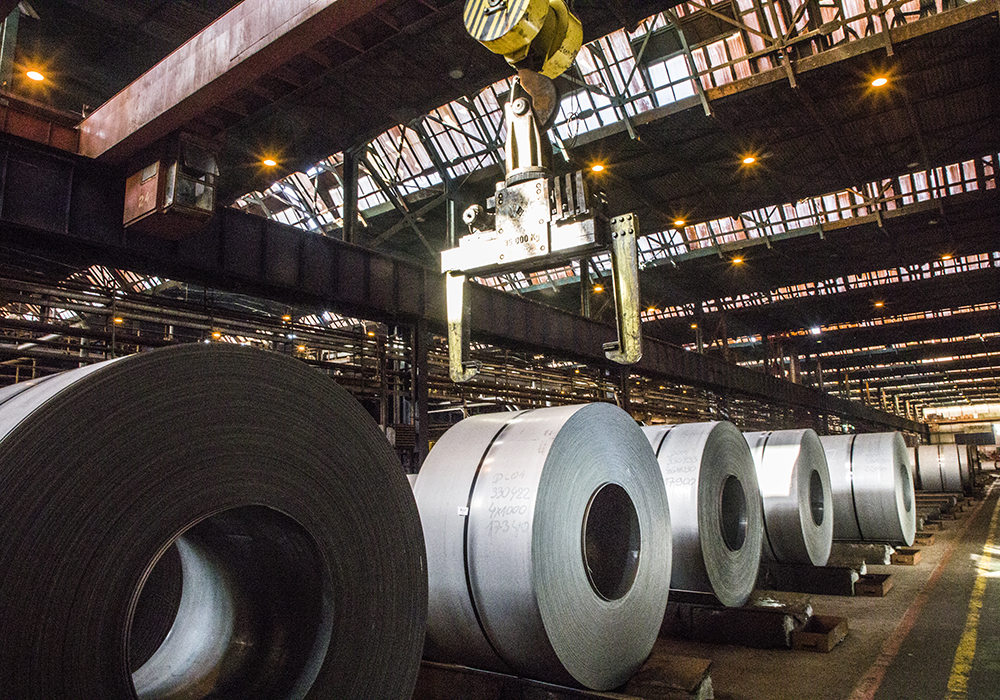Watching the soaring price of crops, lumber, steel, copper and other commodities, it is hard to understand why there isn’t more official concern about inflation.
Inflation has not been much of an issue since the 1980s but when it was, constantly rising prices and the high interest rates used to combat them were a terrible thing.
But so far, the head of the United States central bank is calm, saying recent price increases in some sectors will likely “only have transitory effects on inflation.”
Read Also

Chinese offer complicates canola marketing
Recently the Chinese ambassador indicated that there would be a potential deal between Canada and China regarding the current tariff war.
Federal Reserve chair Jerome Powell said April 28 his greater concern was the “uneven and far from complete” recovery from the economic havoc caused by the battle against COVID-19.
It is not time yet to raise interest rates or scale back the bank’s monetary stimulus measures, known as quantitative easing (QE), he said.
The central bank’s monetary stimulus is on top of fiscal stimulus.
Washington is rolling out the recently passed US$1.9 trillion coronavirus relief package and President Joe Biden is pushing hard to get congressional support for a host of spending plans that add up to a staggering $3 trillion to modernize infrastructure, reduce carbon emissions and narrow economic inequality.
Canada has its own massive federal spending.
Bank of Canada chair Tiff Macklem is slightly more concerned than his American counterpart about the potential for an overheated economy.
The central bank here last month started shrinking its QE program and changed the time line of its commitment to keep interest rates at the ultra-low rate of 0.25 percent. It will now consider rate hikes in the second half of 2022 when the slack in Canada’s economy is absorbed. Previously the commitment was to keep them unchanged until 2023.
This slightly more aggressive stance of the Bank of Canada helped the loonie rise above US82 cents for the first time since 2017.
But with the much quicker than expected roll out of COVID vaccines in Canada and the U.S., hopes are rising that as early as this summer economic activity could look a lot more normal.
If this controls the current third wave of the pandemic, many restrictions on gatherings and travel will quickly wind down.
And no central banker wants to stand in the way of recovery in sectors hard hit by the pandemic, such as hospitality, travel, local retail and the arts.
But there are already hot sectors facing rising costs because of strong demand following shortages caused by production stoppages and slowdowns during the pandemic.
We all know about sky high lumber prices and their contribution to soaring housing prices but other key raw materials are also soaring.
Copper, iron ore and steel are at all-time highs. The shortage of computer chips has stalled delivery of new vehicles and all sorts of high technology gadgets.
Don’t forget the rubber and tire shortage.
Farmers celebrate higher crop prices but feel the pinch of more expensive fertilizer and crop protection chemicals.
Workers are also in short supply, leading to talk of the need for higher wages to coax people back into the labour market, but wage inflation is a driver of overall inflation.
Central bankers and policy makers are caught between two realities. They want to get everyone back to work and to help businesses recover from the losses of the last 18 months but if they let the stimulus go on too long they could lose control over inflation. Then the measures used to control that, like high interest rates and tighter credit, could strangle the economy again.
Also, debts governments incurred to support citizens during the pandemic and further debts for “build back better” programs could become a huge tax burden if interest rates are forced higher.
For now, the economists who matter, those who run the Canadian and U.S. central banks, think shortages and cost increases will be short term and will moderate as supply chains catch up with the faster-than-expected recovery. Speculators have also had a hand in the run-up of some prices and they could be in for losses when bubbles burst.
As for employee shortages, workers will likely become available as they feel safer once vaccinated and as government income support winds down.
And there is comfort that a potential key driver of inflation, crude oil prices, appear to be controlled in the short term.
Crude oil’s rally stalled in early March partly on the knowledge that the voluntary production limits carried out by the Organization of Petroleum Exporting Countries and its allies, and Saudi Arabia’s extra cuts are set to end once demand recovers.
For now, central banks will keep their powder dry while they keep close watch on cost trends to see if they are only a short-term pain or a real economic threat.















